New Desert Homeowner
Brosopholes
10 years ago
Related Stories
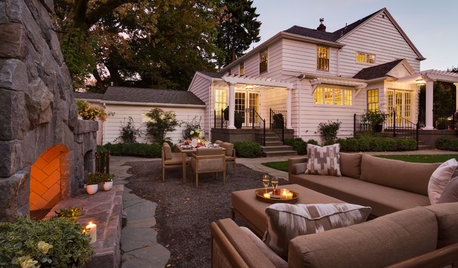
GARDENING AND LANDSCAPINGHouzz Survey: See What Homeowners Are Doing With Their Landscapes Now
Homeowners are busy putting in low-maintenance landscapes designed for outdoor living, according to the 2015 Houzz landscaping survey
Full Story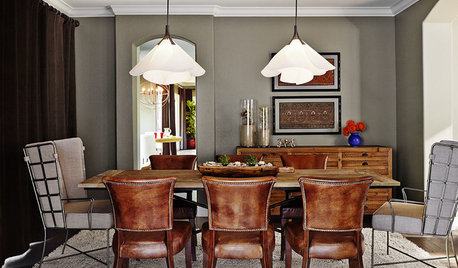
TRANSITIONAL HOMESHouzz Tour: New Homeowners Find Their Style
Homework assignments help reveal a couple’s tastes and lead to a home filled with textures and organic tones
Full Story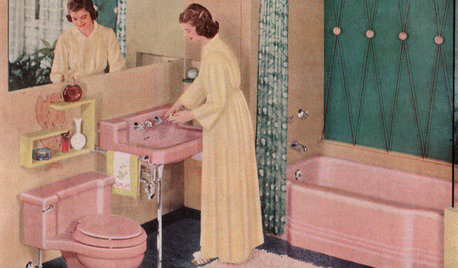
MOST POPULARHomeowners Give the Pink Sink Some Love
When it comes to pastel sinks in a vintage bath, some people love ’em and leave ’em. Would you?
Full Story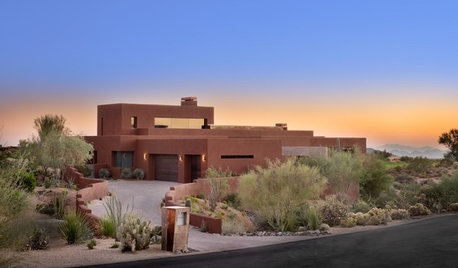
MODERN HOMESHouzz Tour: Desert Home Blurs Every Line Between Indoors and Out
Expansive windows, oversize doors, skylights, a covered patio, an atrium and a roof deck make the most of beautiful surroundings
Full Story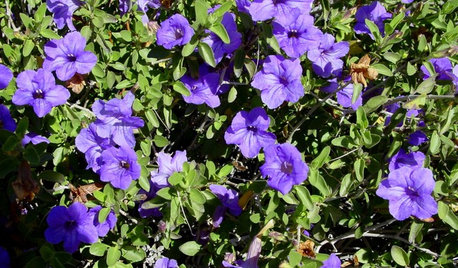
GARDENING GUIDESGreat Design Plant: Desert Ruellia Brings Beauty to Dry Gardens
Abundant purple flowers and bright green foliage would make this shrub a winner even without its unthirsty ways
Full Story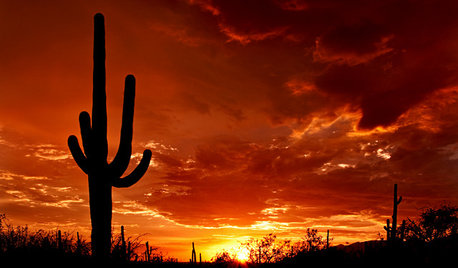
GARDENING GUIDESMeet the Mighty Saguaro of the Desert Landscape
You’ve seen its form in films, on souvenirs and much more. Now get to know this iconic cactus of the Sonoran Desert
Full Story
HOUZZ TOURSHouzz Tour: A Glamorous Desert Oasis
Designer Jamie Herzlinger Creates A Dream Desert Home
Full Story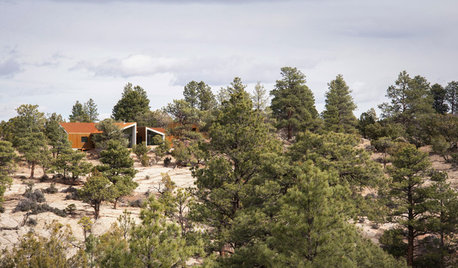
HOUZZ TOURSHouzz Tour: Red Rock Desert Views in a Utah Wilderness Retreat
A couple’s vacation home, studio-garage and guesthouse sit easily on their 40-acre site near a national park
Full Story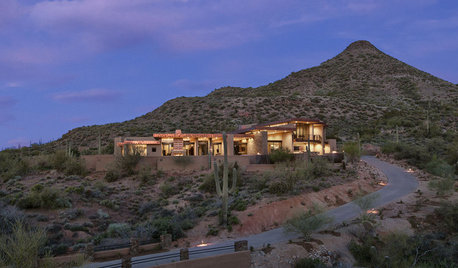
HOUZZ TOURSHouzz Tour: Open Living in the Arizona Desert
Spectacular surroundings drove the design for this warm, contemporary, open-plan home north of Scottsdale
Full Story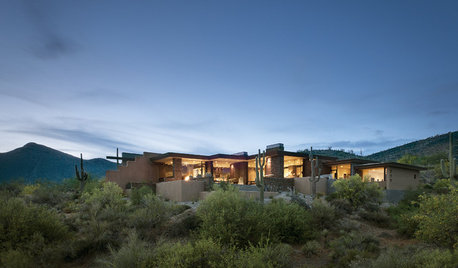
HOUZZ TOURSHouzz Tour: A Desert Stunner Highlights Nature
Careful siting of this contemporary Arizona home keeps sublime views, wildlife and outdoor living at the forefront
Full StoryMore Discussions







dchall_san_antonio
Related Professionals
Oatfield Landscape Architects & Landscape Designers · Towson Landscape Architects & Landscape Designers · Springfield Landscape Contractors · Anderson Landscape Contractors · Battle Ground Landscape Contractors · Goodlettsville Landscape Contractors · Mesa Landscape Contractors · Milford Landscape Contractors · Oak Harbor Landscape Contractors · Ponte Vedra Beach Landscape Contractors · Round Lake Landscape Contractors · West Coon Rapids Landscape Contractors · Camp Springs Landscape Contractors · Cedar Hill Swimming Pool Builders · Mount Pleasant Swimming Pool Builders